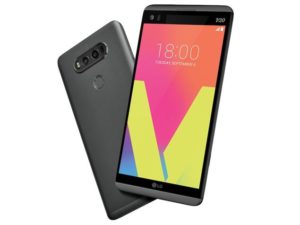LG V20 is one of the best smartphones by LG. It had dual cameras and a very good screen when it was released. Some so many owners still love this phone.
There are many options for taking a screenshot or screen capture on your device. Taking a screenshot can be difficult if you don’t know-how, now let’s make it easy. Just follow the below tutorial.

How to take a screenshot on LG V20
You can take a screenshot on your LG Phone using various methods. Check them out one by one below. The easiest option is the first one using hardware buttons.
Method 1: Using Hardware buttons
Step 1: Navigate to the screen you want to capture on the screen.
Step 2: Now, hold down the Volume Down and Power buttons at the same time.
Step 3: Now you will see an effect on the display screen together with a sound.
Step 4: This screenshot is saved in the Screenshot folder on your phone. You can also find them in the Gallery application.
Method 2: Using software buttons
Step 1: Navigate to the screen you want to capture the screen.
Step 2: From the button bar software, this down, scroll at the top right and select Qmemo + (Q icon).
Step 3: Now the app takes the screen, once the screen has been captured, you can also draw whatever you want on it.
Step 4: Tap the option at the top right saves and will be saved.
About LG V20 Phone:
LG V20 smartphone comes with a 5.70-inch touchscreen display with 1440 pixels by 2560 pixels of resolution. It is powered by a 1.6GHz quad-core Qualcomm MSM8996 Snapdragon 820 processor. The phone has 32GB of internal storage and 4GB of RAM. It has a 16MP primary camera and a 5MP front camera for selfies. The phone runs on Android 7.0.
I hope you were able to screenshot on your LG device. Do let us know if it helped.
